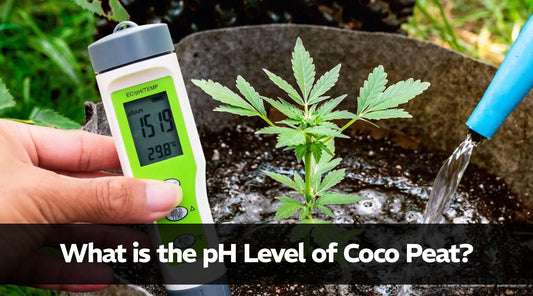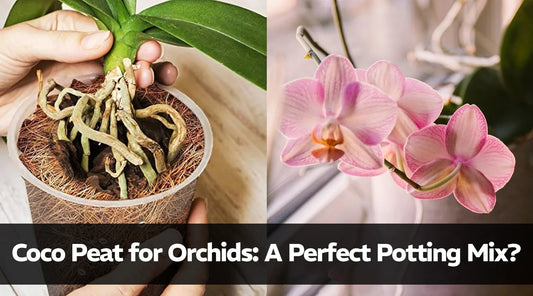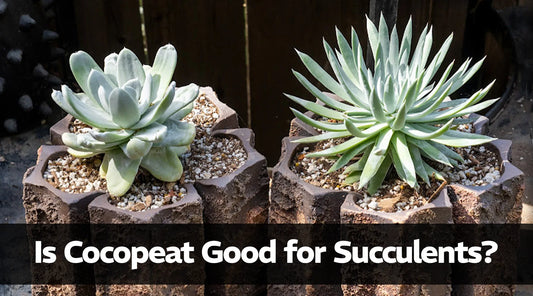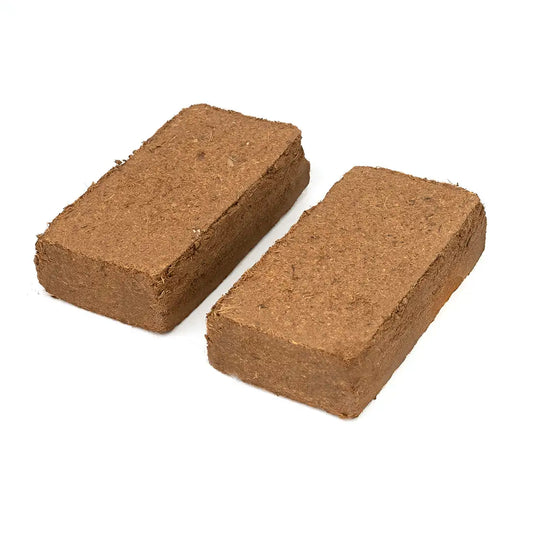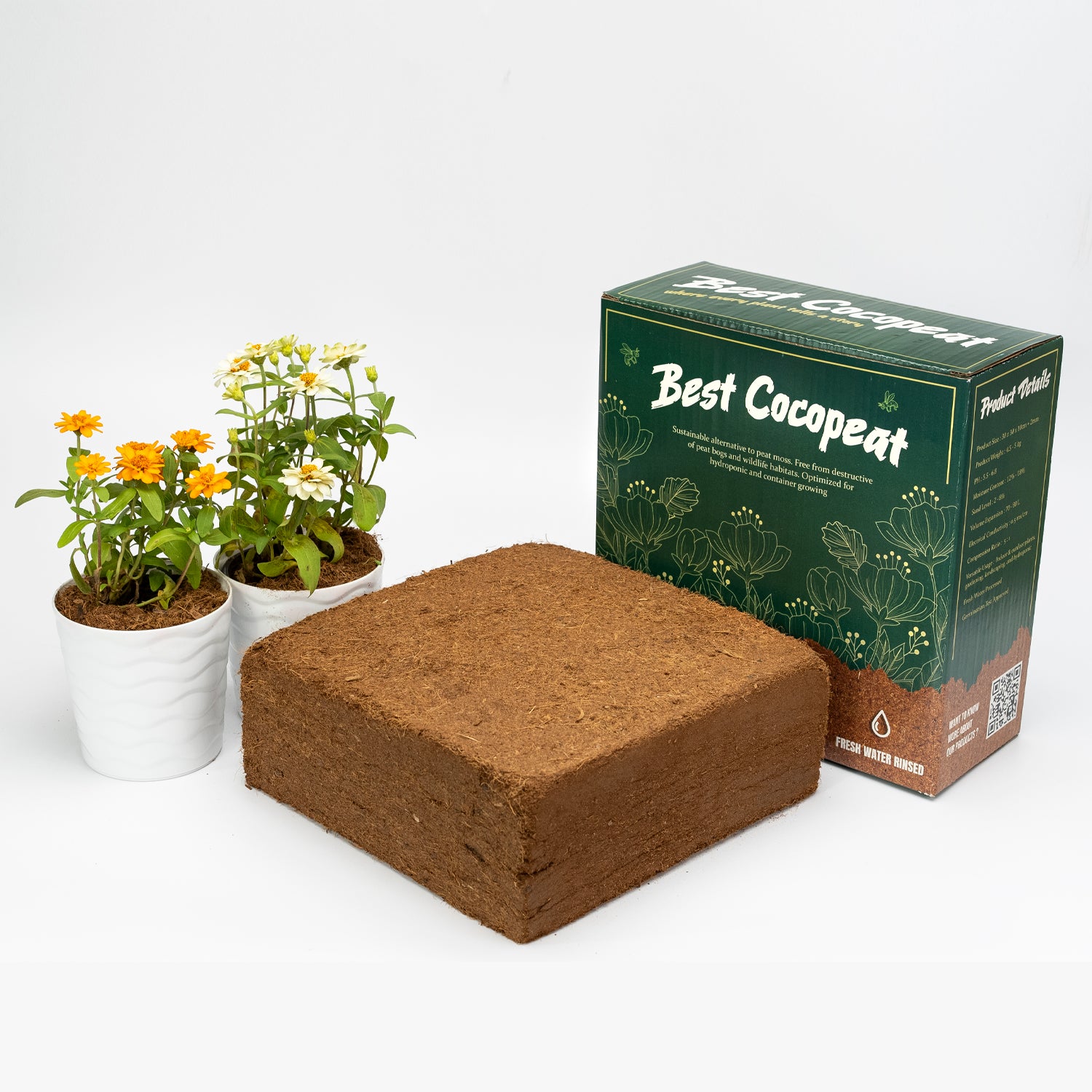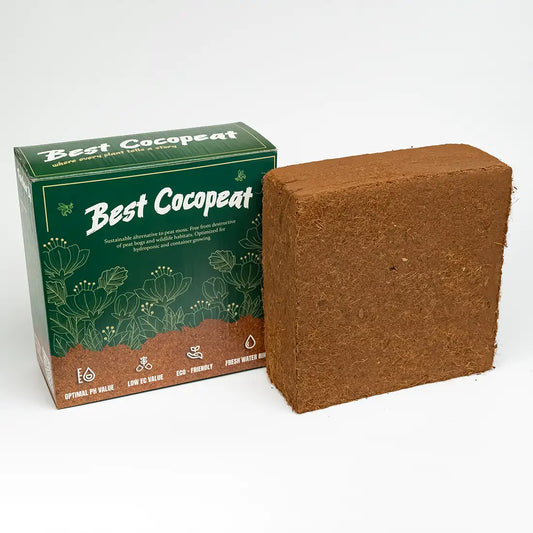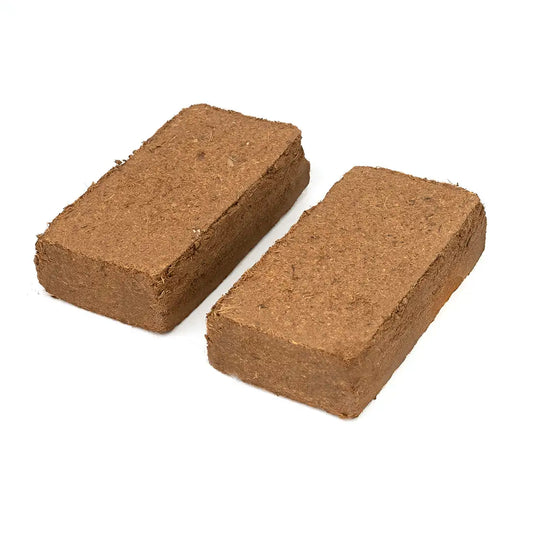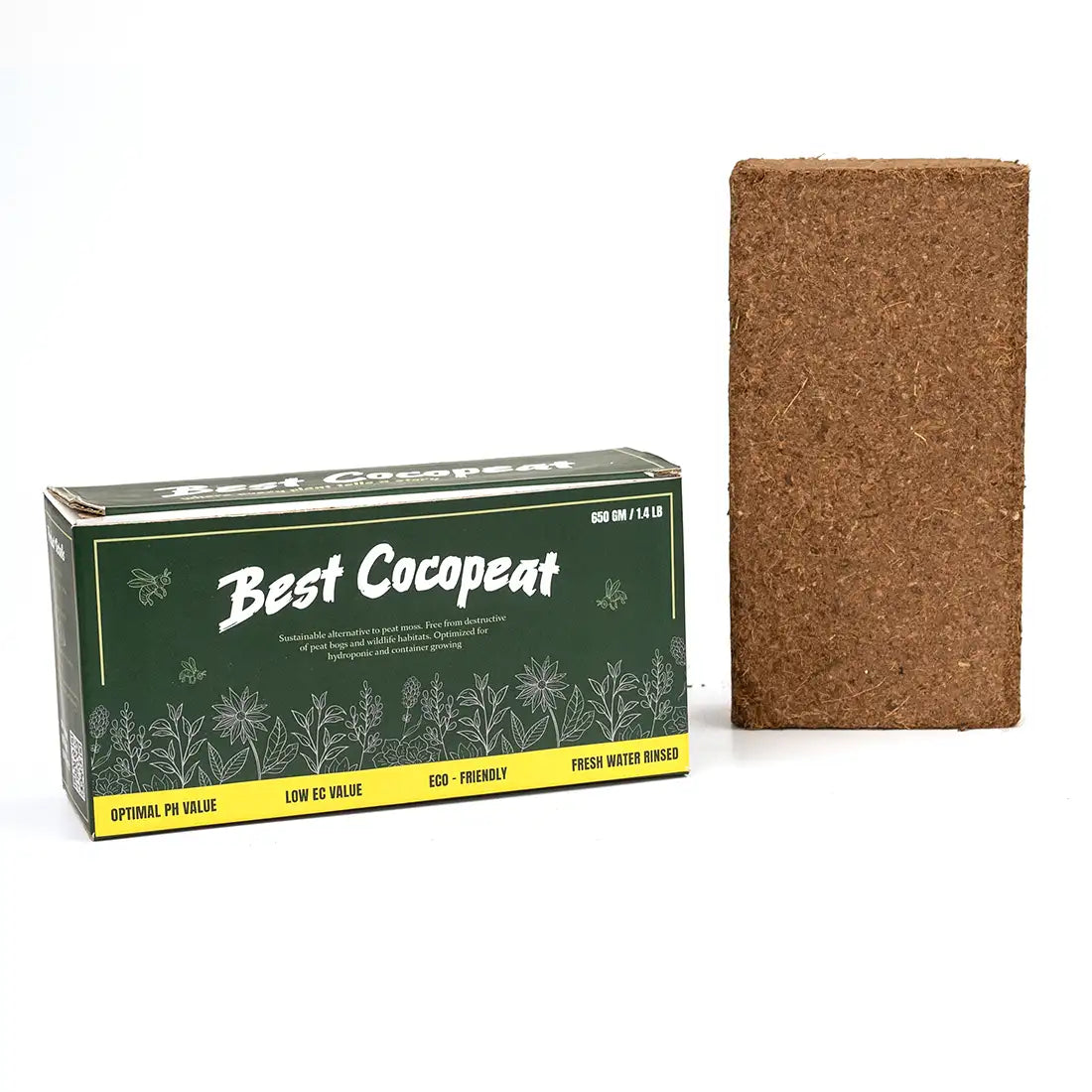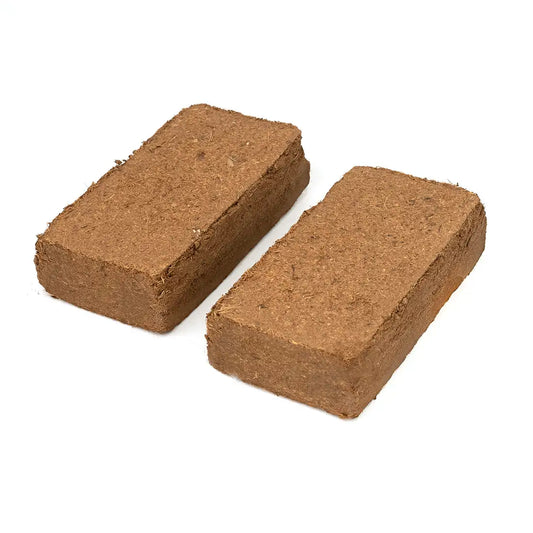Cocopeat is known for being clean, plant-friendly, and environmentally friendly. However, odours or mold may occasionally grow, as is the case with any organic medium. You are not the only person who has ever opened a bag or soaked a coco brick and discovered a strong odour or a fuzzy white covering. Considering the fact that these problems may appear worrying, they are typically easy to resolve.
To ensure that your plants develop healthily and mold-free, we'll explain in this article how to fix smelly cocopeat, control cocopeat mold, and avoid other problems.
Why Does Cocopeat Develop Mold or Smell?
Coco peat, sometimes referred to as coco fibre peat, is derived from coconut husks. It is valued for being environmentally friendly, loose structure, and capacity to hold water. However, incorrect storage or high moisture levels may lead cocopeat to grow mold or smell.
Common causes include:
-
Kept in airtight, sealed bags
-
Excessively moist
-
Kept in a moist atmosphere
-
Improperly washed after the coco brick was expanded
Microbes start to flourish in warm, humid situations, which can cause unpleasant odours or the surface to develop cocopeat white mold.
Is Mold in Cocopeat Harmful?
Most of the time, you are looking at a harmless saprophytic fungus. This kind of cocopeat mold doesn't damage plants; instead, it eats organic matter. However, more serious microbial growth may be identified if the mold is pink, black, or green, or if the odour is strong.
For the benefit of plant health and peace of mind, it is recommended to treat the mold and odour, even if they are not harmful.
How to Fix Smelly Cocopeat or Cocopeat Mold
1. Dry Out the Cocopeat
To fix smelly cocopeat, need to reduce the moisture first:
-
Under a fan or in the sun, spread a thin layer of the moist coco fibre peat.
-
Allow it to dry completely.
-
Turn frequently to guarantee uniform drying.
Additionally, sunlight helps in the material's natural disinfection.
2. Apply Natural Mold Removal
Peel off the top layer gently if you find cocopeat white mold Next:
-
To make a safe mold removal spray, use one part vinegar with three parts water..
-
Don't over soak; just lightly sprinkle the impacted area.
-
Allow the coco peat to fully dry after spraying.
This will clean off the outer layer without damaging the medium or your plants.
3. Clean and Rehydrate the Cocopeat.
Wash your cocopeat to get an additional clean:
-
Give the coco brick an hour's soak in pure water.
-
Wash and drain two or three times until the water flows clear.
-
Store it in breathable storage or let it dry before using.
Raw coco peat can be rinsed to get rid of undesirable salts and odour.
4. Sterilize in Serious Situations
If the mold or odour continues:
-
Fill a baking dish with moist coco fibre peat.
-
For 30 minutes, heat the oven to 180°F (82°C).
-
Before putting in your pots or garden, let them cool.
This effectively kills mold, germs, and particles.
How to Prevent Cocopeat Mold in the Future
-
Use breathable storage like cloth or mesh bags.
-
Avoid overwatering remember, cocopeat holds water very well.
-
Store in a dry, shaded place with good airflow.
-
Before reuse, always let used cocopeat dry.
These ideas will help you avoid frequent cocopeat fixing mold problems.
Conclusion
What should you do, then, if your cocopeat molds or smells? By following the proper procedures, you may quickly resolve the problem and make your medium reusable, whether you're using a fresh coco brick or reusing old coco fibre peat.
Rinse, dry, clean, and store it correctly. Your plants will do well in a clean, mold-free environment if you give them the right care and use the Best cocopeat.
In addition to making your garden better, using cocopeat contributes to a more sustainable and clean growing method. Avoid throwing away moldy or foul-smelling medium; instead, find a clever solution for odorous cocopeat to maintain the health of your green area.

